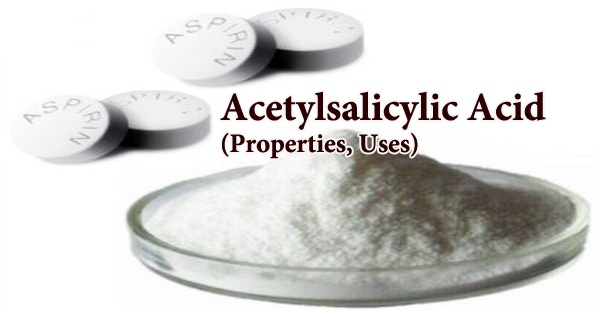Silver tungstate is an inorganic tungstate with the chemical formula Ag2WO4. It has been applied in various fields such as photoluminescence, antibacterial action, ozone gas sensors and humidity sensors. It is a member of the tungstate family, which includes a range of minerals and synthetic compounds containing the tungstate ion. It is also used in the electronic and chemical industries, and also used in proteomics research.
Properties
- Chemical formula: Ag2WO4
- Molar mass: 463.57 g mol−1
- Structure: It typically adopts a tetragonal crystal structure.
- Solubility: It is not very soluble in water, but it can dissolve in acids.
- Thermal Stability: It is thermally stable, and its decomposition point is relatively high compared to many other silver compounds.
Phases
Silver tungstate occurs in three polymorphic phases: orthorhombic (α), hexagonal (β) and cubic (γ). α-silver tungstate is thermodynamically stable, while β- and γ-silver tungstate are metastable.
Synthesis
Silver tungstate is synthesised through the following reaction between silver nitrate and sodium tungstate, producing sodium nitrate as a byproduct:
2AgNO3 + Na2WO4 → Ag2WO4 + 2NaNO3
It can also form as a powder or in various crystalline shapes depending on how it is synthesized.
Natural Occurrence
Silver tungstate is a rare mineral and is not commonly found in nature. However, some deposits of silver tungstate occur in specific tungsten and silver-rich environments. It can form as a secondary mineral in silver and tungsten ore deposits.
Uses
- Catalysis: Silver Tungstate has been explored for its potential use as a catalyst in various chemical reactions, particularly those involving the reduction of organic compounds.
- Electronics: Due to its high thermal and electrical conductivity, it may be used in electronic components or other high-performance applications.
- Optical Applications: It can also be used in the development of optical materials, especially those that require a combination of silver and tungsten.
- Crystal Growth: Its crystals can be used in research on crystal growth and materials science.
Safety Considerations
Silver Tungstate is generally considered to be of low toxicity, but it should still be handled with care to avoid ingestion or prolonged exposure, particularly in powder form.
















